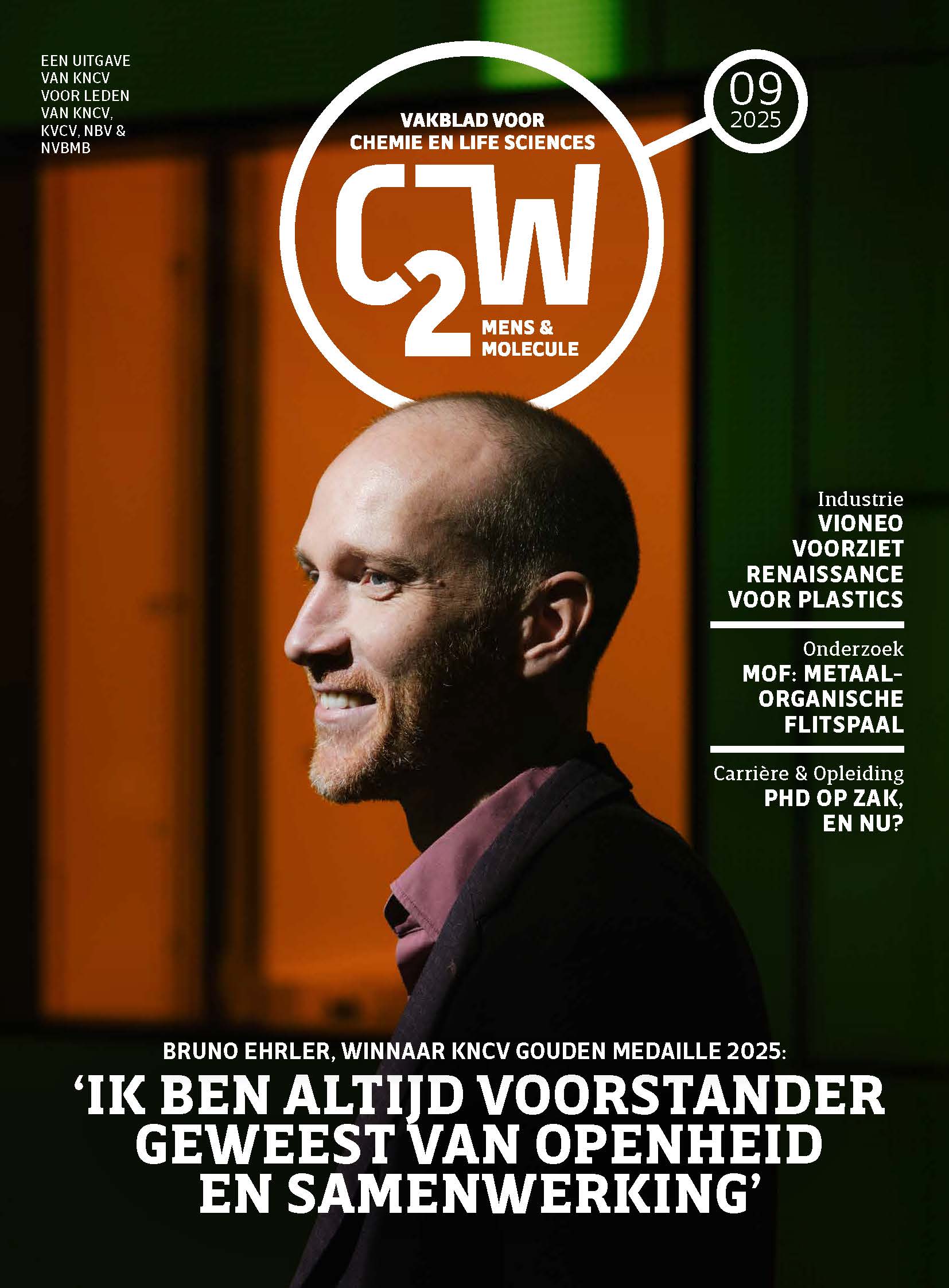Would you like to add an event to this list? Simply register your event using this form.
An advanced TEM study on quantification of Ni4Ti3 precipitates in low temperature aged Ni-Ti shape memory alloy

2020 Antwerpen, België
Promovendus/a: Xiayang Yao
Promotor(en): Prof. Dominique Schryvers
Shape memory alloys (SMAs) are fascinating materials that have the ability to remember their original shape under well-defined temperature or stress conditions. One of the unique shape memory effect called two-way shape memory effect (TWSME) enables the alloys having very promising applications such as an artificial anal sphincter. One of the methods to obtain the TWSME is by constrained aging which introduces aligned Ni4Ti3 precipitates in the alloy. During constrained aging, different stresses are applied in different regions of the bulk material which eventually lead to the different distribution of precipitates. This work focuses on the study of Ni4Ti3 precipitates in low temperature aged Ni-Ti shape memory alloy with TWSME. A technique called “ACOM-TEM” is used in this study to help quantify the precipitates under different constrained aging conditions which will induce special two-way shape memory effects.
Firstly, an optimization process of the ACOM-TEM is applied to the Ni-Ti alloy. The optimization process improved the quality of results from both data collection and template matching. After the optimization, the best settings for observing the Ni4Ti3 precipitates by ACOM-TEM is obtained and is applied to detailed quantitative studies.
Secondly, the size, morphology, and distribution of Ni4Ti3 precipitates in a constrained aged Ni-Ti alloy with TWSME are studied. The results show that in the constrained-aged Ni51Ti49 alloy, a higher Ni4Ti3 precipitates density leads to a higher recovery ratio in TWSME. During constrained aging, the influence of the aging time and temperature on the volume fraction is mainly due to the changes in the interparticle spacings rather than due to the changes in the size or the shape of the precipitates. The relation between the external stress and Ni4Ti3 precipitates is also revealed.
Thirdly, a special Ni-Ti alloy which is obtained by low temperature constrained aging and shows an abnormal TWSME is studied via both conventional TEM and HRTEM.
The results show that Ni4Ti3 precipitates already form in the alloy which shows an abnormal TWSME, and the average size of the precipitates is approximately 3.7 nm, with an aspect ratio of 1.6. As the aging time increased, a normal TWSME appeared. The size and aspect ratio all increased as the aging time increased, and for the critical condition in which a normal TWSME becomes an abnormal TWSME, the size of the precipitates is approximately 6 nm.
All Dates
- 2019-12-10 16:30
Powered by iCagenda

